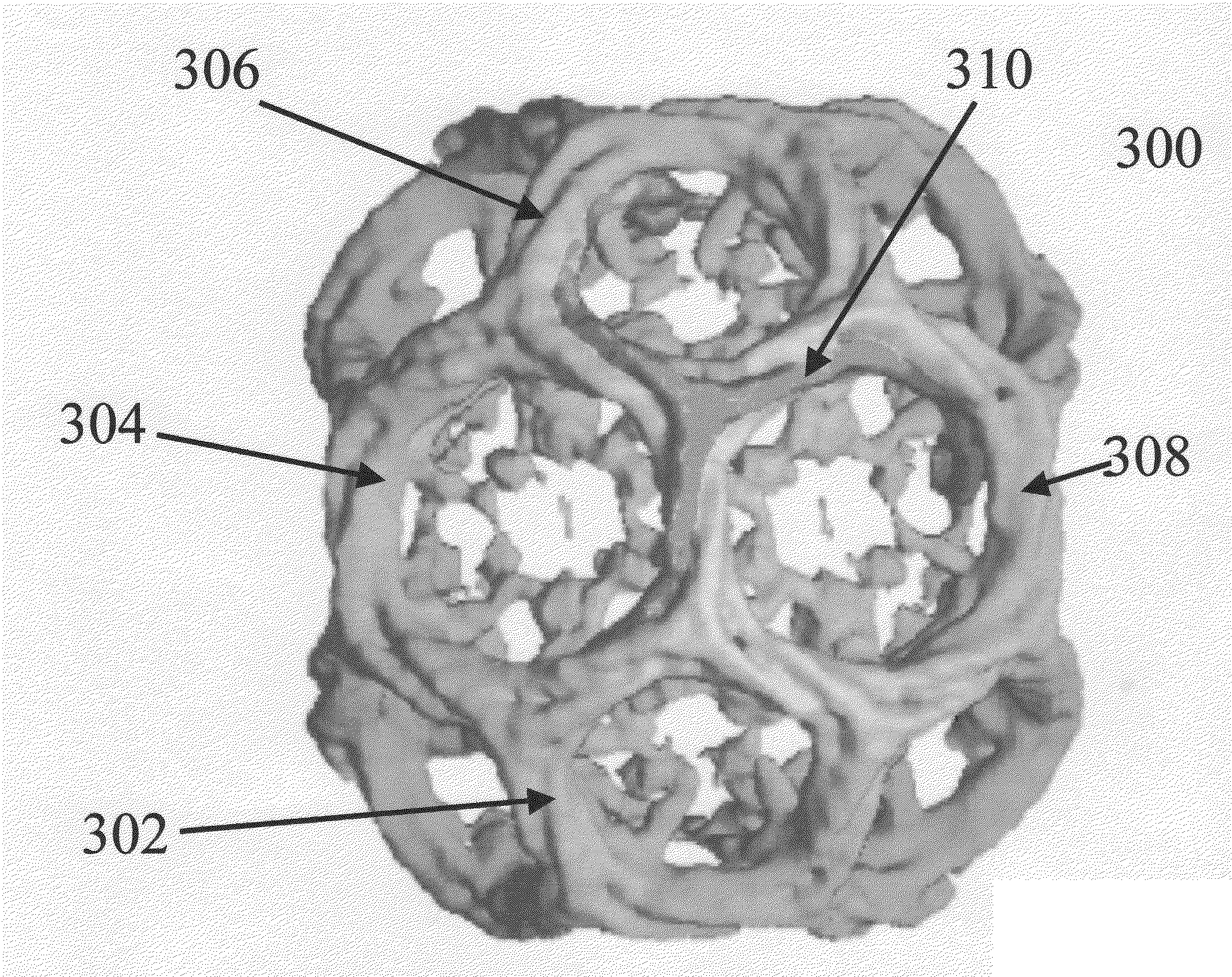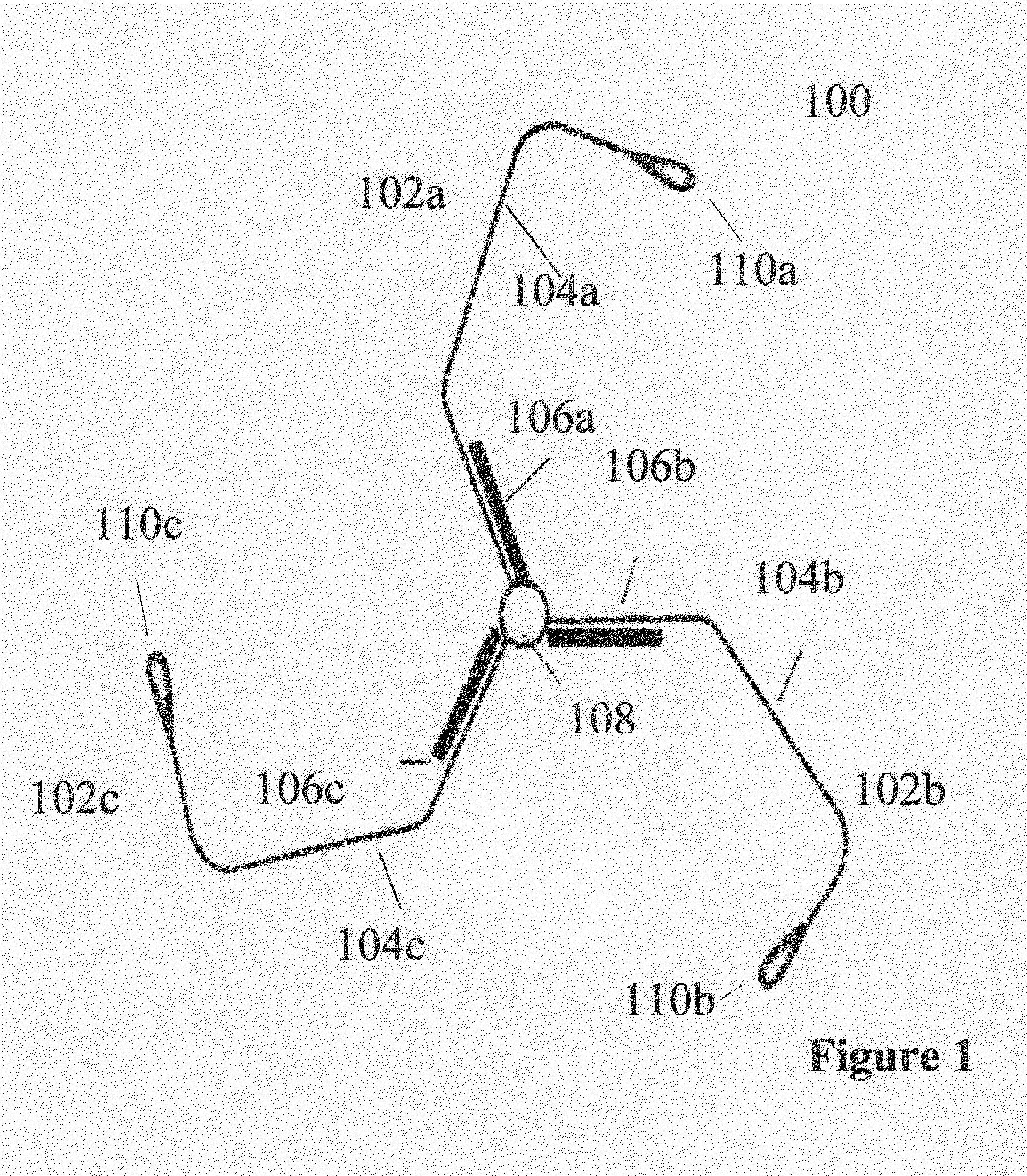Dynamic bio-nanoparticle elements
a bio-nanoparticle and dynamic technology, applied in the field of nanoparticles, can solve the problems of difficult and laborious process, prior art also does not teach, and prior art does not teach such flexible cns delivery arrangements, and achieve the effect of high-order placement of additional elements
- Summary
- Abstract
- Description
- Claims
- Application Information
AI Technical Summary
Benefits of technology
Problems solved by technology
Method used
Image
Examples
Embodiment Construction
[0153]The instant invention is comprised of one or more formations of nanoscale elements formed in vitro from one or more elements of one or more types formed from isolated, synthetic and or recombinant amino acid residues comprising in whole or in part one or more types of Clathrin and or Coatomer I / II proteins of one or more isoforms, including cloned isoforms, and which operate in vitro and or in vivo. In one embodiment, one or more elements form one or more configurations of one or more types, described below.
[0154]FIG. 1 is a conceptual diagram illustrating the basic unit of Clathrin, a three-leg pinwheel protein structure, and each complete leg is typically called a ‘monomer’. The arrangement of the monomers in the three-dimensional protein is the quaternary structure. Each Clathrin leg monomer is further comprised of two subunits, one 190 kDa subunit (“heavy chain”) and one 24-27 kDa subunit (“light chain”). Three, two-subunit Clathrin monomers self-assemble and combine to cr...
PUM
| Property | Measurement | Unit |
|---|---|---|
| size | aaaaa | aaaaa |
| volume | aaaaa | aaaaa |
| total volume | aaaaa | aaaaa |
Abstract
Description
Claims
Application Information
 Login to View More
Login to View More - R&D
- Intellectual Property
- Life Sciences
- Materials
- Tech Scout
- Unparalleled Data Quality
- Higher Quality Content
- 60% Fewer Hallucinations
Browse by: Latest US Patents, China's latest patents, Technical Efficacy Thesaurus, Application Domain, Technology Topic, Popular Technical Reports.
© 2025 PatSnap. All rights reserved.Legal|Privacy policy|Modern Slavery Act Transparency Statement|Sitemap|About US| Contact US: help@patsnap.com



